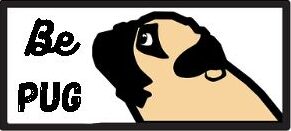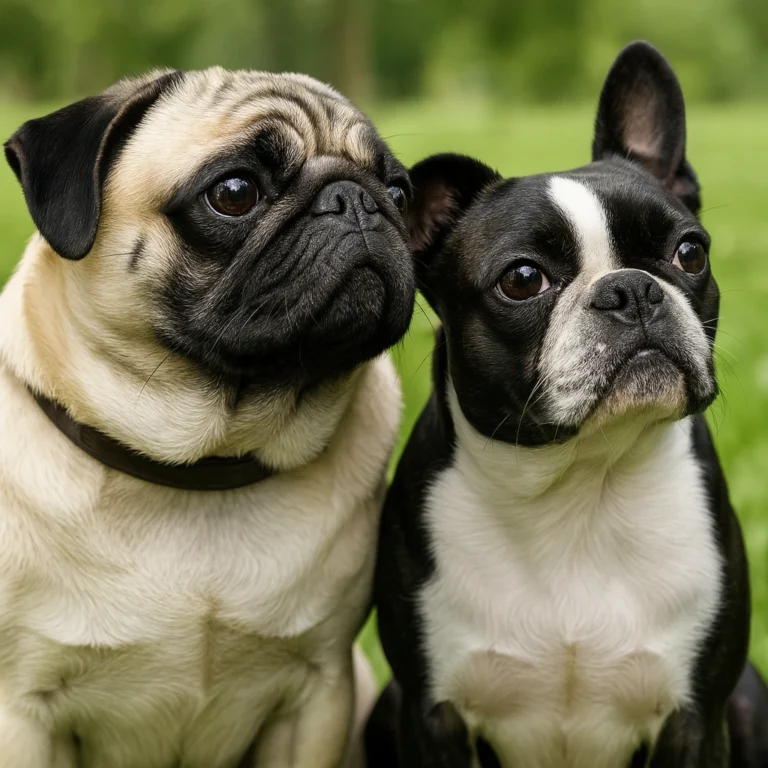Why Do Pugs Scream So Much? Understanding Your Pug’s Vocal Personality

Disclosure: This post contains affiliate links. As an Amazon Associate, I earn from qualifying purchases—at no extra cost to you.
Pugs are charming little dogs known for their unique voices and expressive personalities. Sometimes, their high-pitched screams can surprise owners and even cause concern. These screams are usually a natural way for pugs to communicate their feelings and needs.
Veterinarians and experienced pug parents say that understanding the reasons behind these vocalizations helps owners respond better and support their pug’s wellbeing. Let’s explore common causes of pug screaming and what you can do to keep your pup comfortable and happy.
Behavioral Reasons for Pug Screaming
Many pug owners notice their dogs scream when excited or eager for attention. Pugs are incredibly social and love interacting with their humans, so their loud vocalizations often mean they want to engage or get noticed.
Based on shared experiences in pug communities, screaming can occur during play or when the dog feels impatient or anxious. It’s often just a way to express enthusiasm or impatience.
Health Factors That May Cause Screaming
Sometimes, screaming signals discomfort. Pugs are prone to breathing problems, dental pain, or skin issues, all of which can lead to vocal distress.
Veterinarians emphasize the importance of regular checkups to catch potential health problems early. Owners should watch for changes in their pug’s sounds and behavior, especially if screaming becomes frequent or seems linked to pain.
Environment and Routine Influence Pug Vocalization
Pugs thrive with stable routines and mental stimulation. Sudden changes, stress, or boredom can increase vocal behavior, including screaming.
Many pug parents find that providing engaging activities and consistent schedules helps their dogs remain calm and quiet.
Boost Your Pug’s Learning and Calmness with BrainTraining4Dogs.com
For pug owners looking to better understand and manage their dog’s behavior, BrainTraining4Dogs.com offers a smart approach. This program provides step-by-step training designed to improve obedience and reduce unwanted behaviors, including excessive vocalization.
View on BrainTraining4Dogs.com
Conclusion
Pug screaming often reflects their lively and expressive nature, driven by excitement, attention-seeking, or sometimes health issues. Knowing the cause helps you provide the right care. Regular vet visits, maintaining a good routine, and offering mental stimulation can make a big difference in keeping your pug happy and less vocal in stressful ways.






